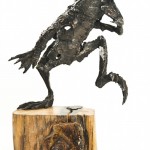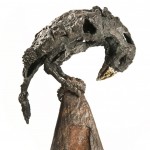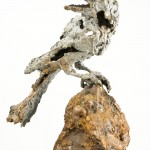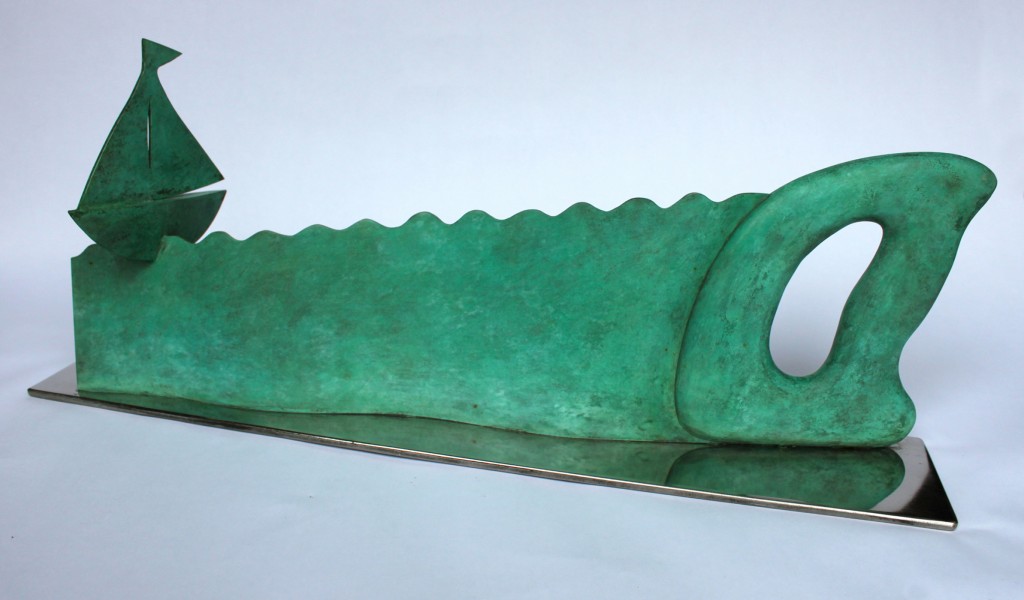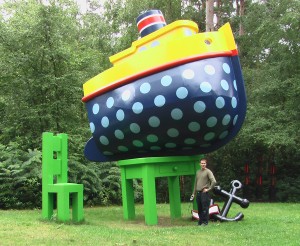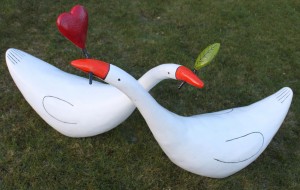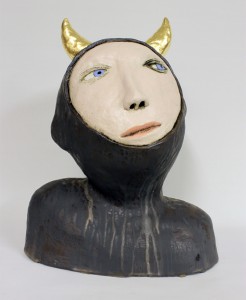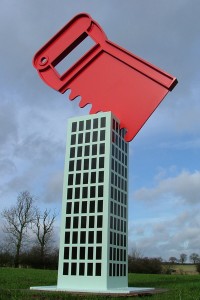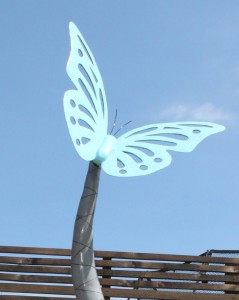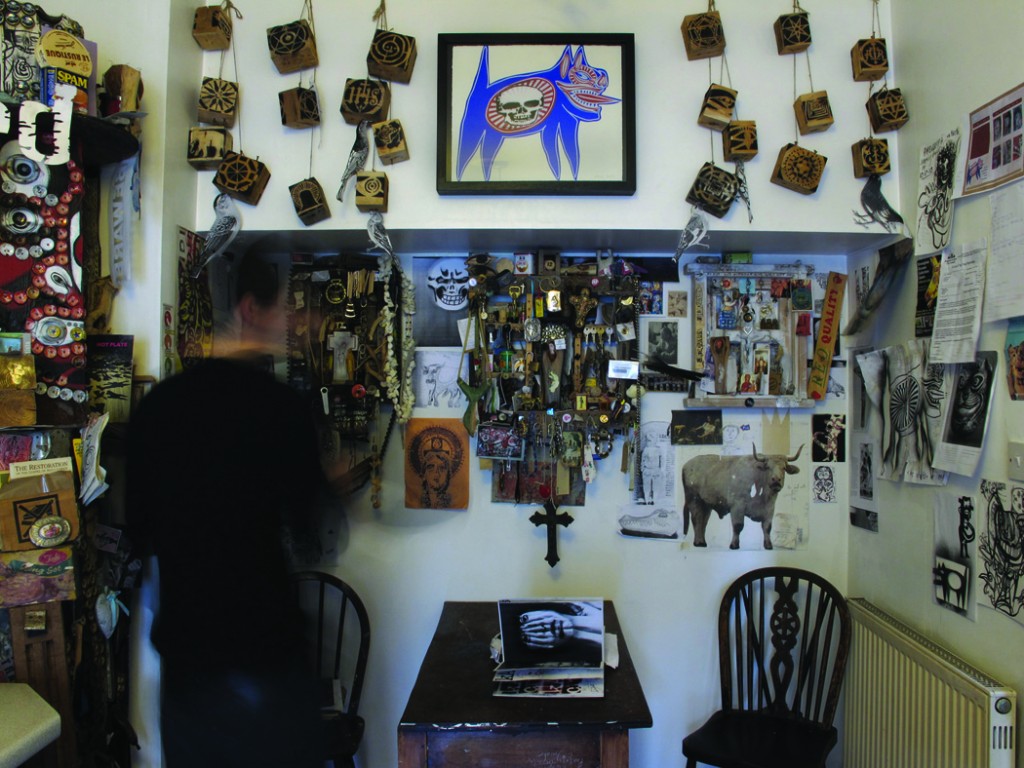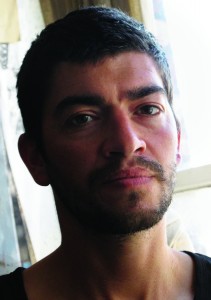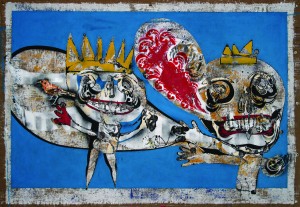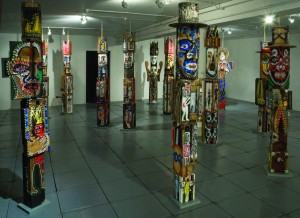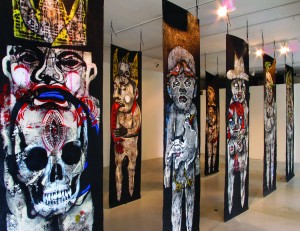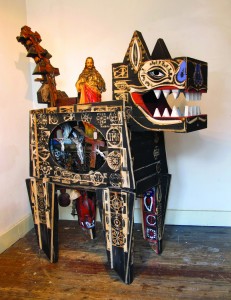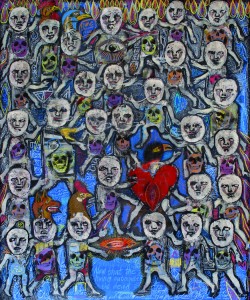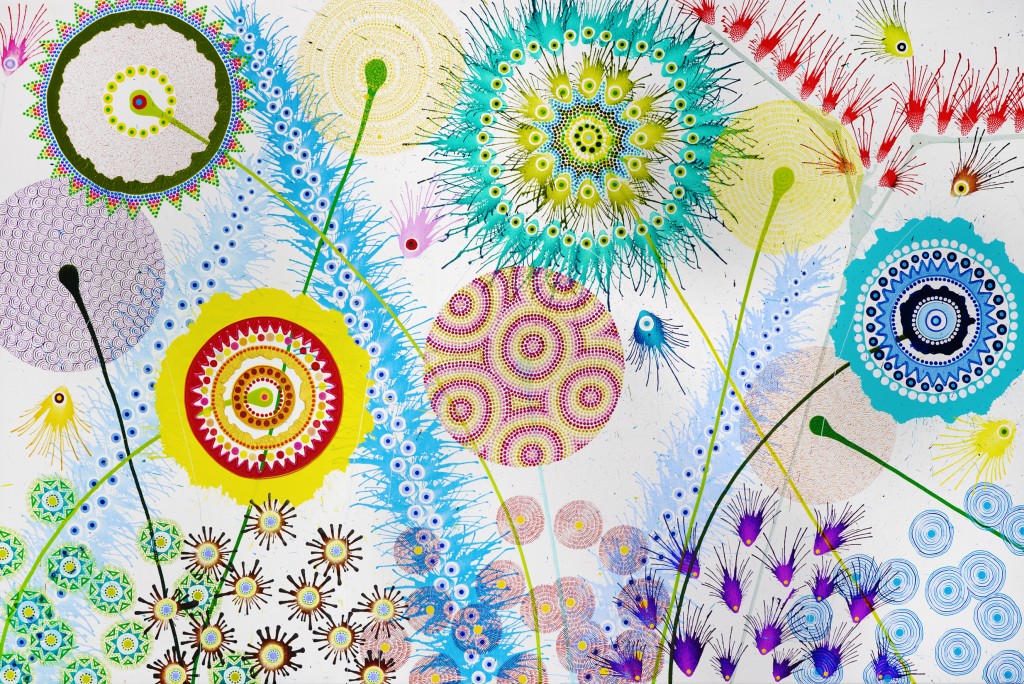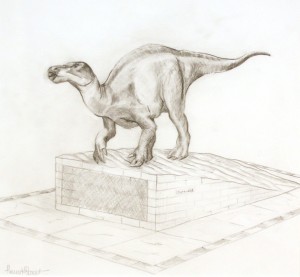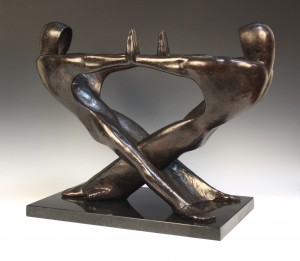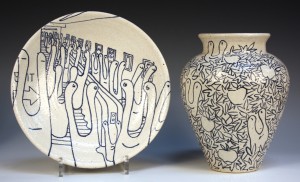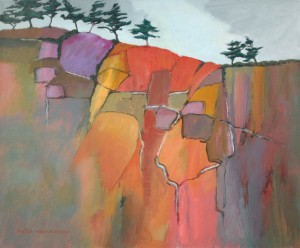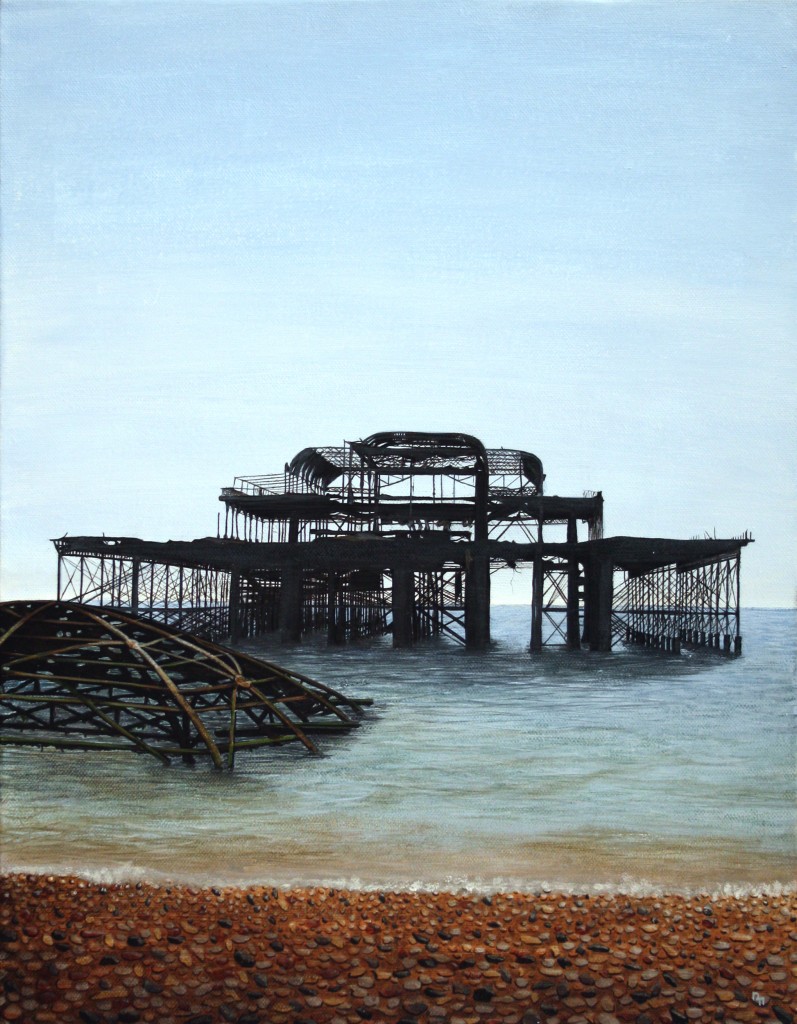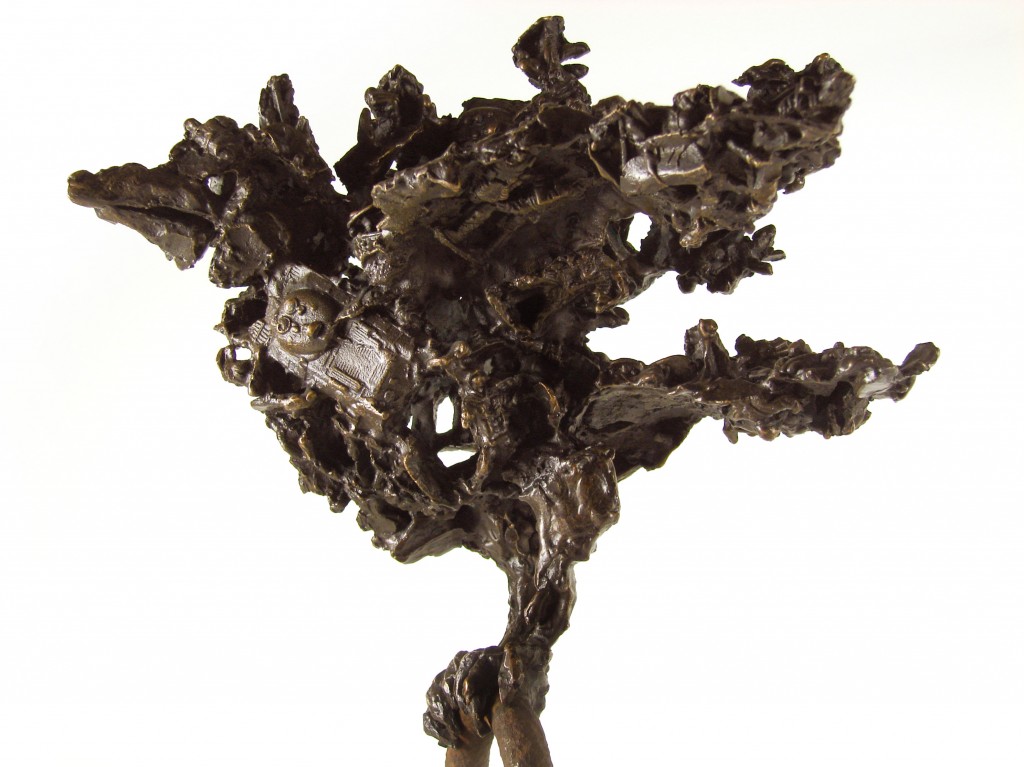
Many artists invest their work with autobiographical elements; this becomes the artist’s voice that unites their body of work. Olivia Ferrier is an award-winning Brighton-based sculptor working predominantly in bronze. She draws on her own experiences travelling and living around the world to create her work. Nicholas Toovey tells us more
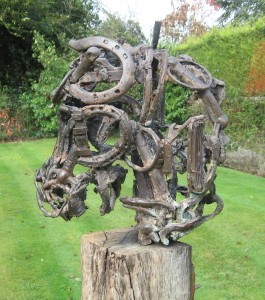
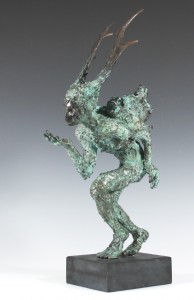
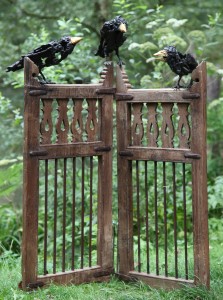
Olivia grew up near Powys, Mid Wales. Her professional artistic career started with a Foundation course at Northbrook College, Worthing, followed by a three-year BA (hons) degree in Ceramics from Bath Spa University. A three month residency in India followed at the Sanskrit Kendra where she first was introduced to foundries and casting. During her three years in Australia she began to seriously exhibit and sell her work. A change in circumstances meant that in 2006 she decided to return to Britain and after a summer studying at the Florence sculpture academy she moved back to Wales. On her return she was still interested and curious about metal casting and worked for a local foundry ‘Castle Fine Arts’. The encouraging staff not only educated her but provided her the freedom to experiment out of hours on her own work, gaining techniques in casting, mould-making and patination (a tarnish that forms on the bronze to create various finishes).
In 2008 Olivia decided to move to Brighton, her brother and sister had lived there when she was younger but her siblings had since moved on. Knowing the town she was drawn to the sea and the creative air of the town. Instantly feeling at home in Sussex, Olivia cannot understand why anybody wouldn’t want to live in Brighton, she quips the weather is better in Brighton than in Wales too. Does Sussex inspire her? Olivia is inspired by everything, her eye often catches an otherwise disregarded object or source for a new idea, she purchased pieces of the collapsing West Pier which she hopes to turn into something at a later date. A work in progress is a bronze parrot that will finally be covered in bright spray paints inspired by the graffiti in Brighton’s North Laine. Her work is inspired by her travels and her attention to details that others may not see.
The majority of her work is still cast at ‘Castle Fine Arts’, combining creating the bronzes with visits to her family in Wales. Olivia’s work is chiefly based around figures and animals (predominantly birds) cast in bronze using a lost-wax casting technique in small editions. This allows her to incorporate found or sourced objects into her sculptures, such as feathers, flowers and other textural items. These forms are often skeletal-like as the artist wishes to capture the essence of the animal or bird. ‘Horse Head’, for example, uses castings of tack including a horseshoe to create the finished sculpture. ‘Soldier Crow’ incorporated castings of small army figures and a toy tank to create the overall bird form symbolising the premature loss of life through conflict. Crows are a recurring source of inspiration for the artist, a bird often associated with bad omens in the Western World. Inspired by her travels in India, particularly the holy city of Varanasi, which she describes as a “melting pot where death and life come together”. Her experiences here, created a different and more hopeful attitude towards mortality contrary to the European views of the subject “I have been inspired by the spirituality in India and the belief in the cycle of life, death, life”. These sculptures could be viewed as strange and macabre or, fragile and beautiful; to quote Aristotle “The aim of art is to represent not the outward appearance of things, but their inward significance”.
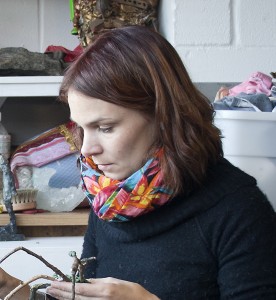
As an artist, her work is undoubtedly autobiographical, investing each piece with parts of her life, including her family, travels, reactions, feelings and histories expressed through shapes, forms and symbols. Olivia became a mother for the first time last year and her work will develop in excitingly different ways as a result. Since moving to Brighton her sculpture has been increasingly well-received gaining Olivia the Alec Trianti Special Sculpture Award, Falle Fine Art Award and the Art London Award reinforcing her status as a sculptor of note.
Olivia will be exhibiting new works in a group show with six other Sussex artists at The Gallery, Cork Street, London, between the 31st April and 5th May. Her work can also often be found at Will’s Art Warehouse in Putney, and at The Sculpture Park in Surrey.
For more visit www.oliviaferrier.com
Nicholas’ article was originally published in Sussex Life magazine in April 2012.
Click on an image below to enlarge
